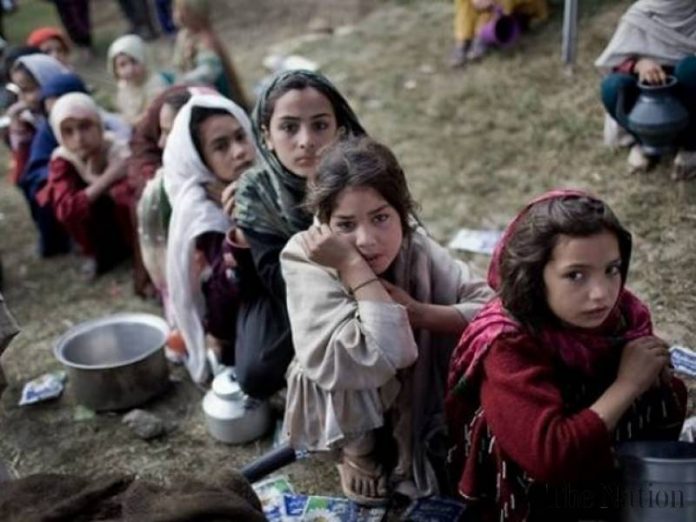LAHORE
Pakistan needs an additional USD 114 million for Federally Administered Tribal Areas (FATA)’s internally displaced persons’ emergency recovery after having already spent USD 12.75 million, it is learnt.
According to the appraisal documents available with Pakistan Today, the federal government needs further support for the recovery of families affected by the militancy crisis, child health issues. The funds are also needed to strengthen emergency response safety-net delivery systems in affected areas of FATA.
The documents added that further financing for FATA TDP ERP would support the government to; meet the financing gap to provide all 326,000 participating TDP families with the Emergency Recovery Package (up from 120,000 under the original project); scale up the Child Wellness Package to all 15 One-Stop-Shops established, up from 4 under the original project and increase the number of participating families with children between 0-2 years of age in the five affected FATA agencies from 64,000 to 300,000; increase the allocation of the TA to meet additional project management, supervision, training and incremental operating costs consistent.
The Post-Crisis Needs Assessment (PCNA) in 2010 reveals that families in militancy-crisis affected areas, especially displaced families moved out because of significant damage to infrastructure, lack of social services and severe shocks. These include significant losses of livelihood and a drop in earnings, leading to insufficient food consumption and harmful coping strategies.
Outbreaks and reports of polio cases, malnutrition, stunting and wastage in FATA have made child health and nutrition an area of priority for the government.
FATA Development Indicators Household Survey, 2013-14 reported that the proportion of fully immunized children between 12 to 23 months is 33.9 per cent compared to the national average of 76 per cent.
The percentage of stunted children children is 49 per cent as compared with that national average of 44 per cent. The security situation in the affected areas also remains an area of concern.
Financing documents reveal that the project was to be financed by a $ 6 million grant under the KP, FATA, and Balochistan Multi Donor Trust Fund (MDTF).
Of the original $ 6 million, $ 3.9 million was to be allocated to KP and $ 2.1 million to FATA. As noted, an AF of $ 2.75 million was approved in June 2012, and a further AF of $4 million in January 2015. The entire grant amount of $ 12.75 million had been disbursed by closure.
The documents reveal that at the time of the Level 1 restructuring in June 2012, the project’s closing date was extended by one year, to June 30, 2015. When the second AF was approved in January 2015, some indicators were dropped and others added along with the majority of numerical outcome targets.
The project’s closing date was extended three times in a six-month period (approvals on June 19,2015; October 28, 2015; November 30, 2015) to allow for completion of activities and provision of a bridge to a follow-on operation, however, the project closed on June 29, 2016 without providing required results.
According to the Emergency Project Paper (p. 12), the PCNA’s four key strategic objectives were to build responsiveness and effectiveness of the state to restore citizen trust, stimulate employment and livelihood opportunities, ensure the delivery of basic services, and prevent radicalization and foster reconciliation.
Moreover, according to the paper, nine priority sectors were identified to facilitate the development of these objectives: governance, rule of law, agricultural and natural resources, non-farm economic development, education, infrastructure, health, social protection, and strategic communications.
Two further components were structured to respond to these objectives and priorities: component one, aimed at operationalizing and strengthening the ISUs, was in line with the PCNA recommendation to establish a governance structure for implementation; component two aimed at, establishing the Rapid Response Facility, was to provide flexible funding for priority or non-planned needs.
The alignment between the objectives and planned activities was maintained after the restructuring, when the province of Balochistan was added.
‘Relevance of Design’ is therefore rated as ‘Substantial’ under both the original and revised objectives.
























